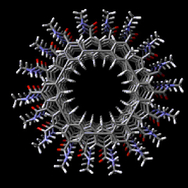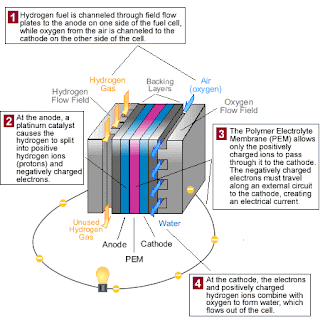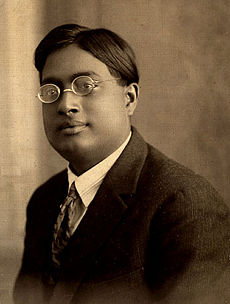I recall my father reading either the
Winston-Salem Journel or the Sentinel (in those days, there were two daily papers - morning and evening).
"It's a crying shame," he said, holding the paper.
I saw what he was speaking of: a young man's (at the time, about my age) photo graced the front page; one-half of the page, wordy article. His parents, to encourage scholarship, paid him $10 per "A" he made. According to the reporting, he had made straight A's since kindergarten until at that time his most recent report card...
...he had one "B." His first ever.
The article reported, he reasoned his parents would pay him for the other A's he'd made. To his surprise, they gave him zero!
He responded by committing suicide. It was a sad, brutal loss.
The thought of such a violent, self-inflicted reaction to an otherwise excellent report card had my father saying: mmph!
I'd recently read
Disciplined Minds by Jeff Schmidt, recalling the chapter in which some graduate students that had not passed their qualifier (an exam given usually after all coursework is completed, and before one is allowed to continue research in their field of study) resorted to violence against faculty, committees and associated people with which they had issue with. I reference a descriptive entry on Dr. Marcella Wilson's
web site:
While pursuing my doctorate, I experienced panic attacks, depression, insomnia and phobias. There was a point were I was just really sad and in pain. It’s hard to explain to someone why you are so freaked out or why you are depressed all the time about school. It’s just a really emotional, unstable, high-pressure situation that you have no control over and no one else is going through.
Her lamented entry: "please don't let James Holmes be a PhD student."
I thought about this entry, the carnage wrought, and the possibility it had a genesis; a cause for this horrid effect. I really hope my speculation isn't the raison d'etre.
"Most men lead lives of quiet desperation and go to the grave with the song still in them." Henry David Thoreau
Graduate students are intellectually curious; not omniscient. They are human, and many quite young.
Like the young man that did such a rash act thirty-nine years ago and recent tragic events in Aurora, Colorado, previous academic successes may not prepare fragile self-esteems for not passing a final, getting a paper rejected from a prestigious journal; told to leave a program before completion of coursework or research; dismissal from a doctoral program; failure as feedback; setback as setup.
Learning from failure: it is a skill. The same that allowed
Edison to fail time and againuntil finally...insomnia for most of the western world. Einstein's "Miracle Year" was while working in a German patent office with a pencil, several pieces of paper, and a handy wastebasket. In a win-at-all-cost culture, little is appreciated about persistence, moving forward, coming up with a "plan B."
It is a skill we could all spare to learn.
"Our greatest glory is not in never falling but in rising every time we fall." Confucius















